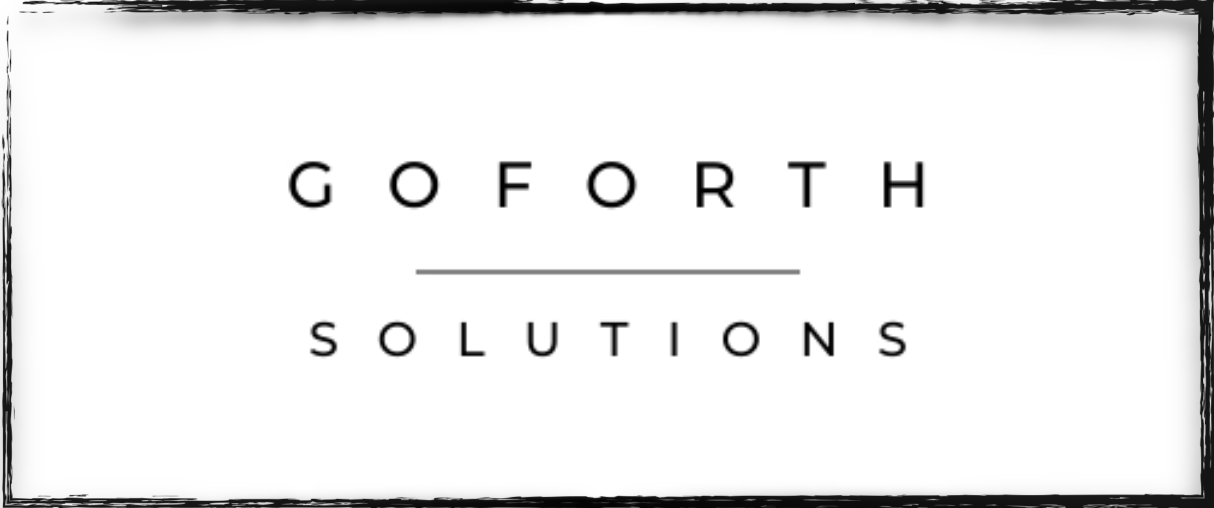Disillusioned?
/Disenchantment, whether it is a minor disappointment or a major shock, is the signal that things are moving into transition. At such times, we need to consider whether the old view or belief may not have been an enchantment cast on us in the past to keep us from seeing deeper into ourselves and others than we were ready to. For the whole idea of disenchantment is that reality has many layers, none “wrong” but each appropriate to a particular phase of intellectual and spiritual development. The disenchantment experience is the signal that they time has come to look below the surface of what has been thought to be so. It is the sign that you are ready to see and understand more now.
Lacking that perspective on such experiences, however, we often miss the point and simply become “disillusioned.” The disenchanted person recognized the old view as sufficient in its time, but insufficient now.
On the other hand, the disillusioned person simply rejects the embodiment of the earlier view; she finds a new husband or he gets a new boss, but both leave unchanged the old enchanted view of relationships. The disenchanted person moves on, but the disillusioned person stops and goes through the play again with new actors. Such a person is on a perpetual quest for a real friend, a true mate, and a trustworthy leader. The quest only goes around in circles, and real movement and real development are arrested.
William Bridges, Transitions










